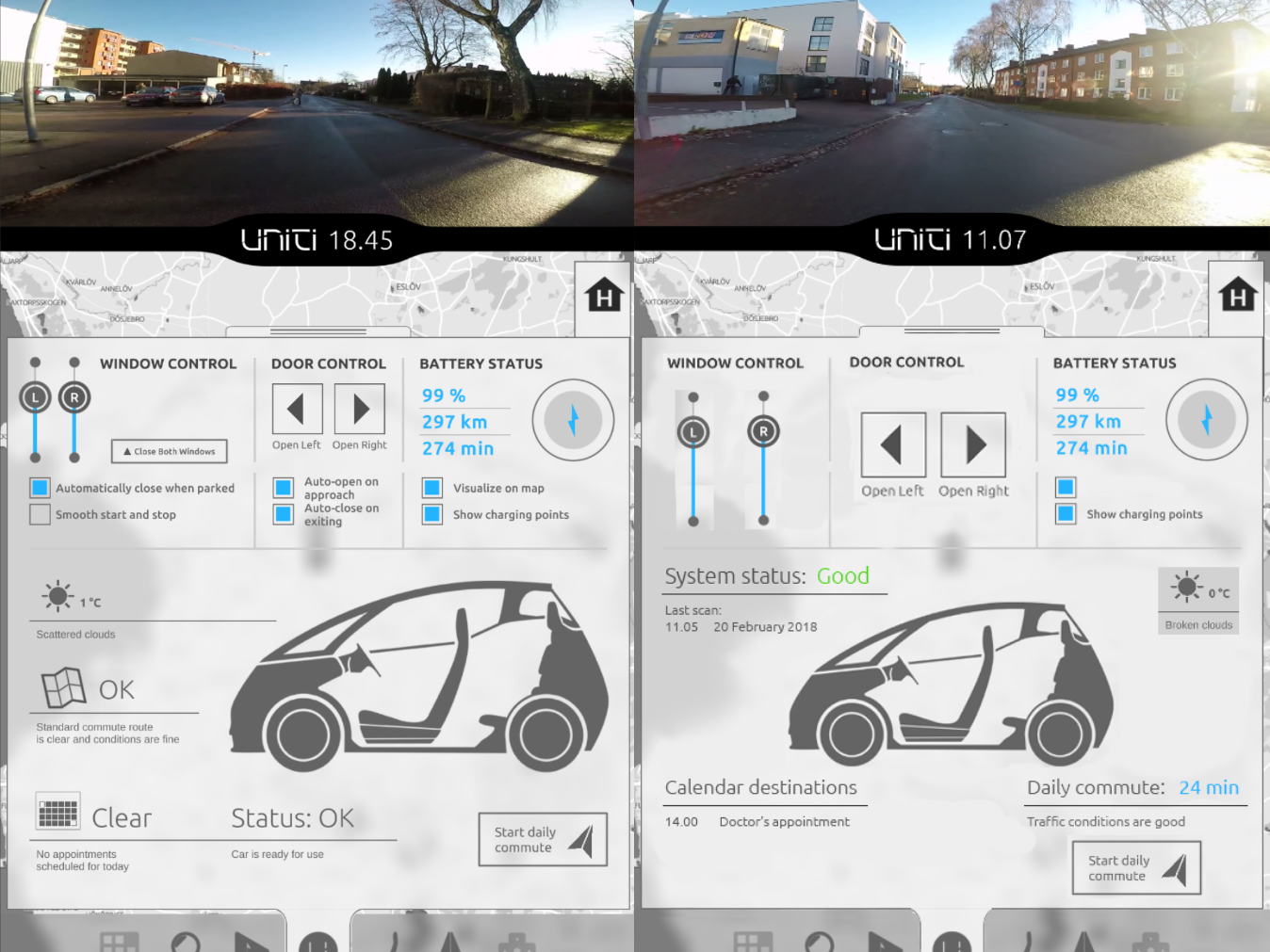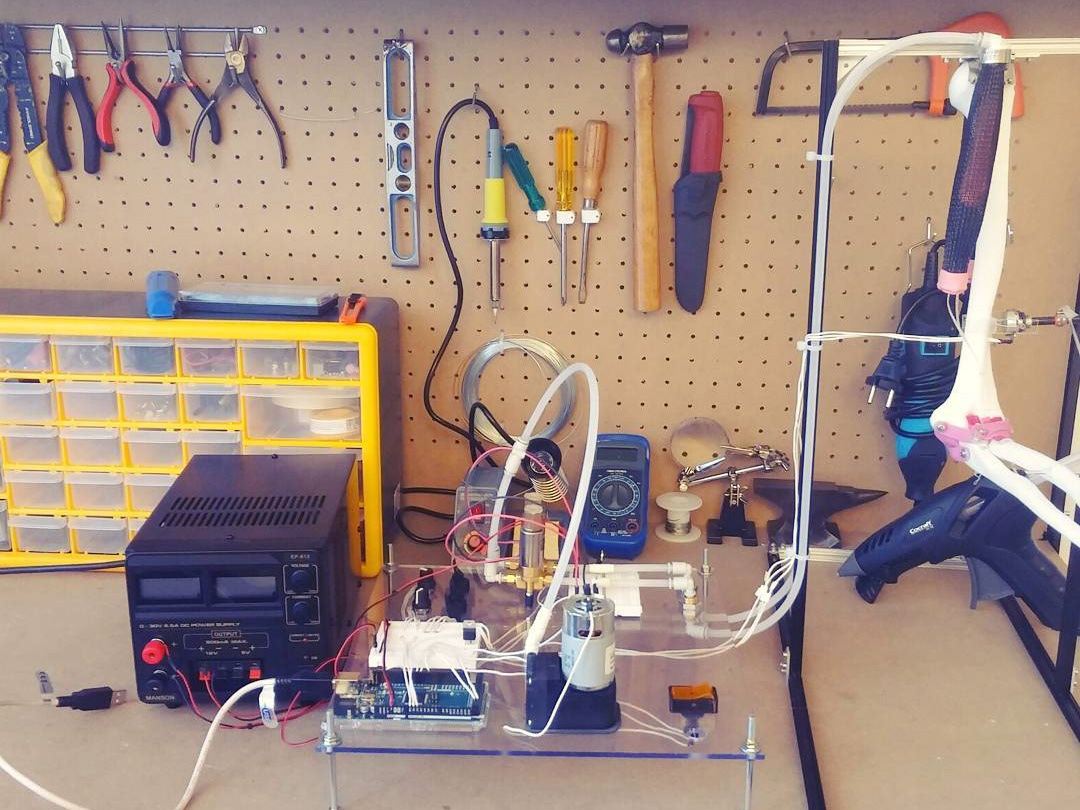The main project I worked on was the ergonomics of the seats. I evaluated the ergonomics of the seat by using a third party software resource in the form of ergonomic dummies provided by 3DHumanModel. The dummies were based on anthropometrics of European subjects and came in 5th, 50th and 95th percentile models for men and women respectively. After reviewing literature of driving postures, with data on bio-mechanical/theoretically optimum joint angles and empirical data of maximum comfort- and least discomfort, I came up with acceptable joint angle ranges. I then limited the range of motion of each dummy joint to that range and attempted to position the dummies so that they could all reach the pedals and steering wheel.
Male 95th percentile.
An alternative view of 95th percentile male.
The 5th percentile female's right leg follows the angle given by the seat, but it fails to reach the pedals. The left leg reaches the pedals, but cuts into the seat.
It was important to my client that the seat design was changed as little as possible. With that in mind my suggestion was to shorten the length of the seat and allow it to move forward and down a little further. The original seat is shown in black and my suggestion is shown in grey.
The 5th percentile female could not reach the pedals. The suggestion I made to my client was to make the seat shorter at the knees. The length of the seat guides the thigh, inadvertently restricting mobility at the hip joint. If the seat was cut, the 5th percentile female could extend her leg more and thus reach the pedals.







